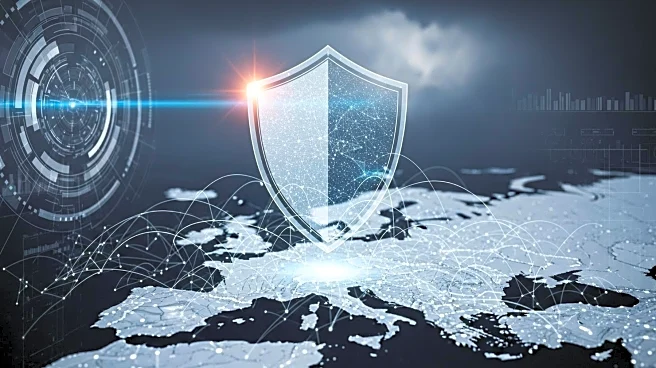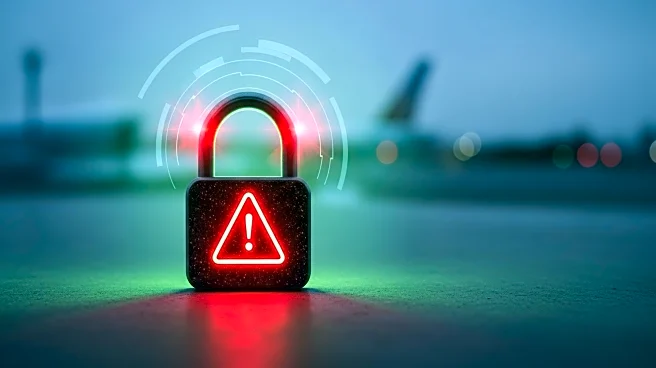What is the story about?
What's Happening?
Cloudflare, a web performance and security company, reported a record-breaking distributed denial-of-service (DDoS) attack that peaked at 22.2 terabits per second and 10.6 billion packets per second. The attack, which lasted only 40 seconds, targeted a single IP address of an unnamed European network infrastructure company. Cloudflare's systems autonomously blocked the hyper-volumetric attack, which was double the size of the previous record. The attack is believed to have been powered by the Aisuru botnet, known for exploiting vulnerabilities in IoT devices such as routers and DVRs. The attack involved over 404,000 unique source IPs across more than 14 ASNs worldwide.
Why It's Important?
The significance of this event lies in the increasing scale and frequency of DDoS attacks, which pose a substantial threat to global network infrastructure. Such attacks can disrupt services, cause financial losses, and damage reputations. The ability of Cloudflare to autonomously block such a massive attack highlights the importance of advanced security measures in protecting against cyber threats. The involvement of the Aisuru botnet underscores the vulnerabilities in IoT devices, which can be exploited to launch large-scale attacks. This incident serves as a reminder for companies to strengthen their cybersecurity protocols to safeguard against evolving threats.
What's Next?
Cloudflare continues to analyze the attack to determine its origins and the full extent of its impact. The company is likely to enhance its security measures and share insights with the cybersecurity community to prevent future incidents. Organizations worldwide may need to reassess their security strategies, particularly concerning IoT devices, to mitigate the risk of similar attacks. As DDoS attacks become more sophisticated, collaboration among cybersecurity firms and stakeholders will be crucial in developing effective countermeasures.
Beyond the Headlines
The attack highlights ethical and legal challenges in cybersecurity, particularly concerning the exploitation of IoT devices. As these devices become more prevalent, ensuring their security is critical to prevent them from being used in malicious activities. The incident also raises questions about the responsibility of manufacturers in addressing vulnerabilities and the need for regulatory frameworks to enforce security standards. Long-term, this could lead to shifts in how IoT devices are designed and secured.
AI Generated Content
Do you find this article useful?













